As a parent, you want the best for your child, and that includes their dental health. One aspect of dental care that you may not be familiar with is pediatric orthodontics. Understanding what pediatric orthodontics is and how it can benefit your child is important for their overall oral health.
In this article, we will explore the world of pediatric orthodontics, including its role in child development, common orthodontic problems in children, the importance of early assessment, different types of treatments available, how to prepare your child for orthodontic treatment, and financing options for orthodontic care.
What is the Role of Pediatric Orthodontics in Child Development?
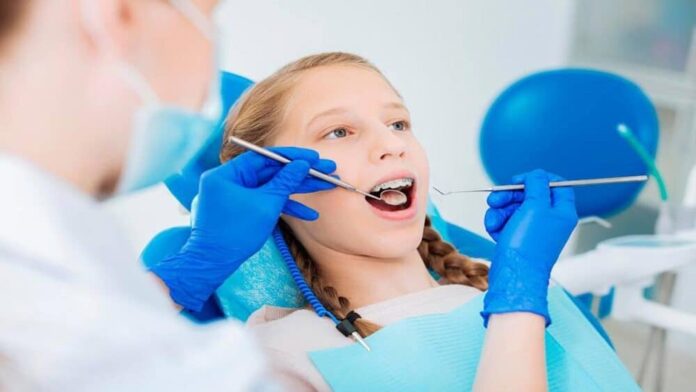
Pediatric orthodontics plays a crucial role in a child’s overall development. The alignment of their teeth and jaws can affect their ability to speak, chew, and even breathe properly. Addressing orthodontic issues at an early age can prevent more serious problems from arising in the future.
During childhood, the bones in a child’s face and jaws are still growing and developing. This makes it an ideal time to correct any misalignments or irregularities. Pediatric orthodontists are specially trained to assess and treat these issues, using a combination of braces, retainers, and other orthodontic appliances.
The early intervention and corrective treatments provided in pediatric orthodontics help in addressing dental misalignments and bite issues, which if left unattended, could lead to speech, chewing, and self-esteem issues.
A visit to a reputable pediatric dentist in Fredericksburg, VA, such as Junior Smiles of Stafford, ensures that your child receives comprehensive orthodontic care tailored to their individual needs.
What are Common Orthodontic Problems in Children?
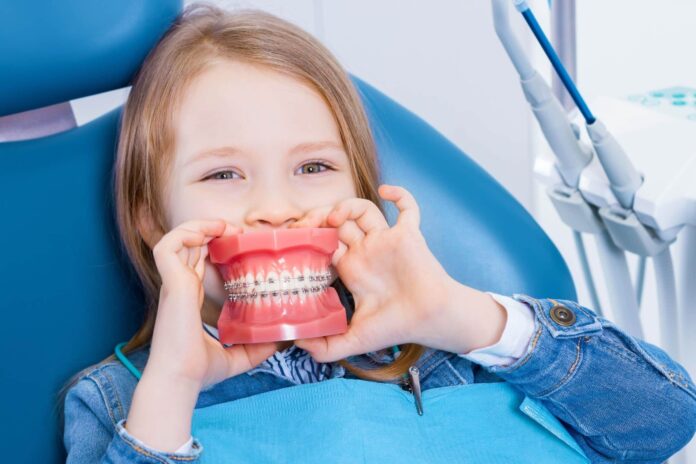
Various orthodontic issues can occur in children. Some of the most common problems include overcrowded or crooked teeth, overbites or underbites, crossbites, and gaps between teeth. Identifying these issues early allows for prompt intervention, promoting better oral health and enhancing your child’s self-esteem.
Overcrowded or Crooked Teeth
Overcrowded or crooked teeth can make it difficult to clean the teeth properly, increasing the risk of tooth decay and gum disease. Additionally, these issues can lead to problems with speech and chewing, affecting a child’s overall quality of life.
Overbite
An overbite occurs when the upper front teeth overlap significantly with the lower front teeth. Conversely, an underbite is when the lower teeth protrude further than the upper teeth. These bite irregularities can cause difficulty in biting and chewing, as well as potential jaw joint problems.
Crossbite
A crossbite is another common orthodontic problem in children. It occurs when the upper teeth sit inside the lower teeth when biting down. This misalignment can lead to uneven wear of the teeth, jaw pain, and even facial asymmetry.
Teeth Gap
Gaps between teeth, also known as diastemas, can occur due to various factors, such as missing teeth or abnormal jaw development. While some gaps may close naturally as a child grows, others may require orthodontic intervention to ensure proper alignment and function.
Fortunately, pediatric orthodontics offers effective solutions for these common problems. By addressing these issues early on, orthodontists can guide the growth of a child’s teeth and jaws, creating a healthy and beautiful smile that will last a lifetime.
What is the Importance of Early Orthodontic Assessment?
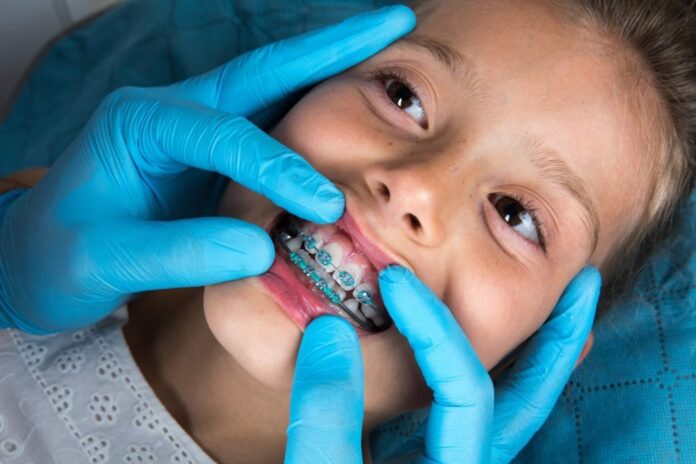
Early orthodontic assessment is crucial to determine if your child needs orthodontic treatment. The American Association of Orthodontists recommends that children have their first orthodontic evaluation by the age of seven. This allows orthodontists to identify potential issues and create a personalized treatment plan.
When to Start Your Child’s Orthodontic Journey
Although treatment may not start immediately, early assessment allows orthodontists to monitor your child’s dental development. They can intervene at the optimal time, ensuring the best outcome. Starting treatment at the appropriate age can also reduce the need for more invasive procedures later on.
What are the Benefits of Early Orthodontic Intervention?
Early orthodontic intervention offers several benefits. It can guide the growth of your child’s jaw, creating ample space for the permanent teeth to erupt properly. It can also correct bad oral habits, such as thumb sucking and tongue thrusting, which could otherwise lead to orthodontic issues.
Types of Pediatric Orthodontic Treatments
When it comes to pediatric orthodontics, there are different treatment options available. Two commonly used methods are traditional braces and Invisalign aligners.
Traditional Braces for Children
Traditional braces consist of brackets, wires, and elastic bands. They are affixed to the teeth and gradually shift them into their correct positions. Braces are highly effective in treating various orthodontic issues and are suitable for children of all ages.
Invisalign for Kids: A Clear Alternative
Invisalign aligners are a discreet alternative to traditional braces. Made of clear and removable trays, they gently move the teeth into place. Invisalign is particularly suitable for older children who may feel self-conscious about wearing braces.
How to Prepare Your Child for Orthodontic Treatment
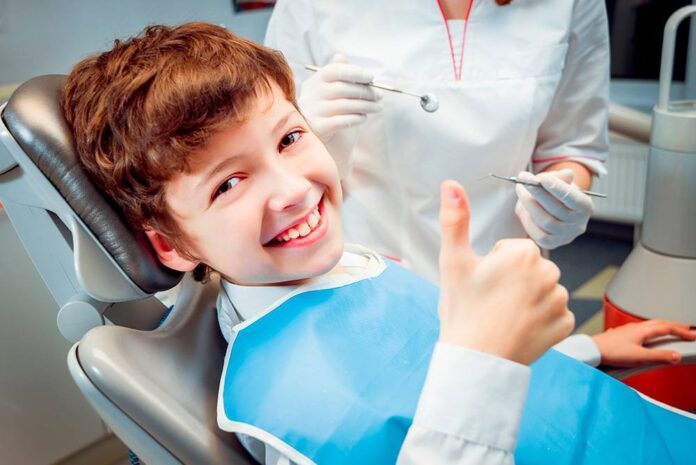
Starting orthodontic treatment can be an anxiety-inducing experience for children. However, there are ways you can help ease their concerns and set them up for success.
Easing Your Child’s Anxiety About Orthodontics
Openly communicate with your child about the importance of orthodontic treatment and address any concerns they may have. Encourage them to ask questions and involve them in the decision-making process. Show empathy and reassure them that many other children go through the same experience.
Maintaining Oral Hygiene During Orthodontic Treatment
Proper oral hygiene becomes even more important during orthodontic treatment. Teach your child how to effectively clean their teeth, braces, and any other orthodontic appliances. Regular check-ups with the orthodontist will also ensure that their treatment is progressing as planned.
Financing Your Child’s Orthodontic Treatment
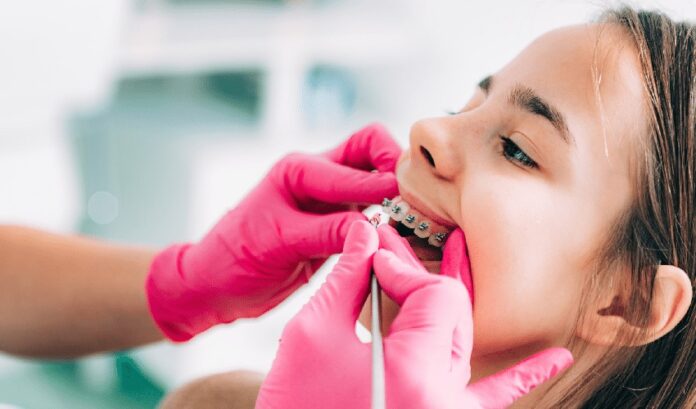
Investing in your child’s orthodontic health is an investment in their future. While orthodontic treatment can be a significant financial commitment, there are various financing options available.
Understanding Orthodontic Insurance Coverage
Contact your insurance provider to understand the coverage they offer for pediatric orthodontics. Some plans may cover a portion of the treatment costs, while others may have specific requirements or limitations.
Payment Plans and Financing Options for Orthodontic Treatment
Many orthodontists offer flexible payment plans to help make treatment more affordable. Additionally, there are specialized financing options available that allow you to spread out the cost over a period of time. Discuss these options with your orthodontist to find the best solution for your family.
Conclusion

Pediatric orthodontics is an essential aspect of your child’s dental care. Understanding the role it plays in their development, recognizing common orthodontic problems, and knowing when to seek early assessment are vital for their oral health.
By exploring the different types of treatments available and preparing your child for their orthodontic journey, you can ensure a positive experience and successful results.
Finally, don’t forget to explore financing options to make orthodontic treatment accessible for your family. Your child’s smile is worth every effort.









